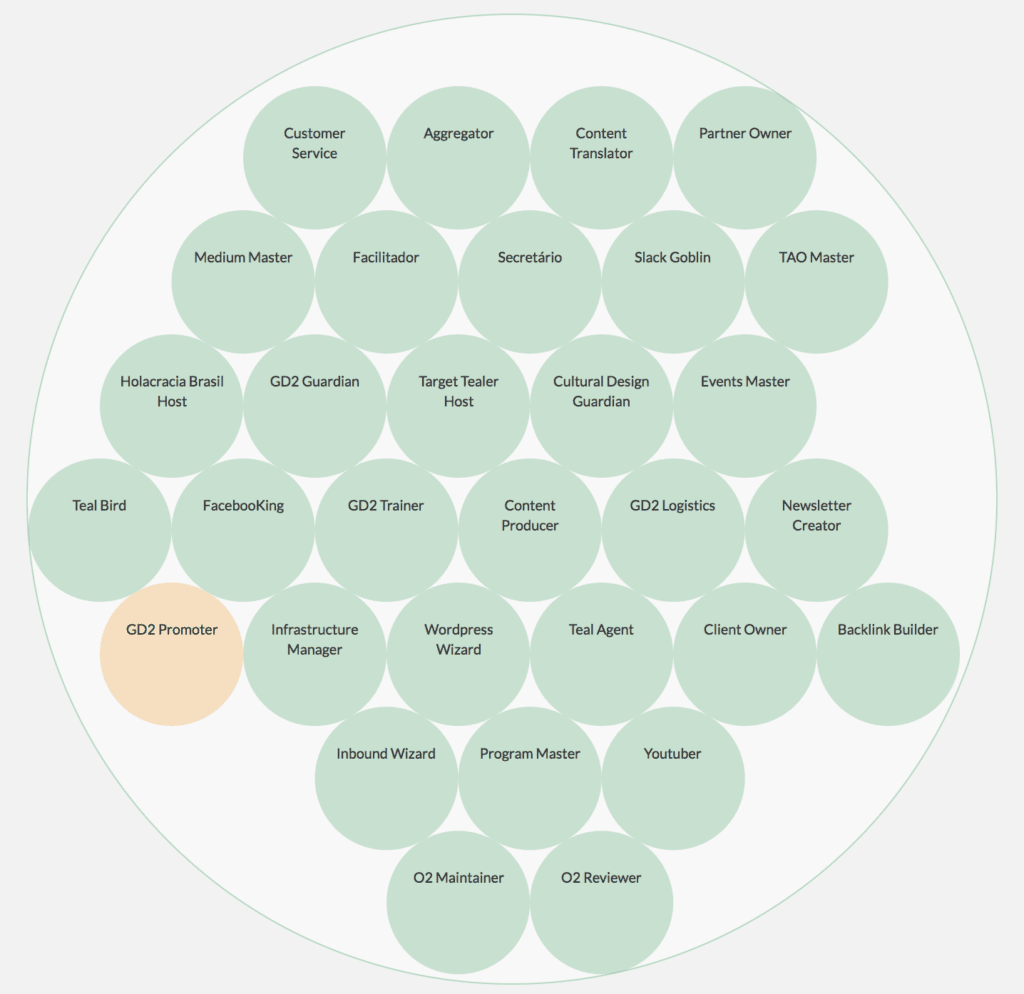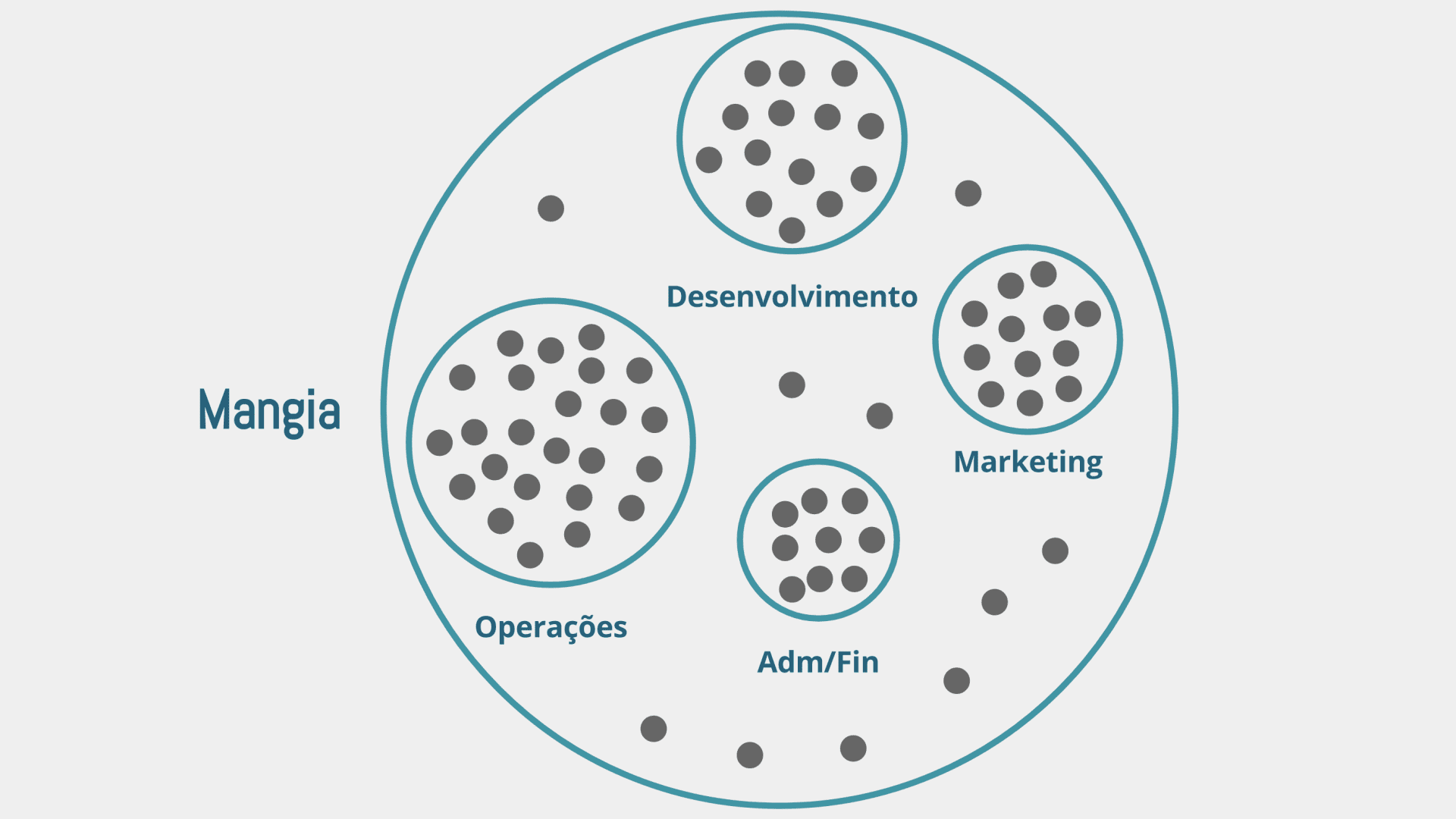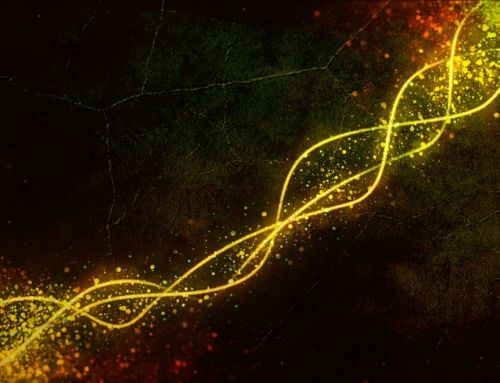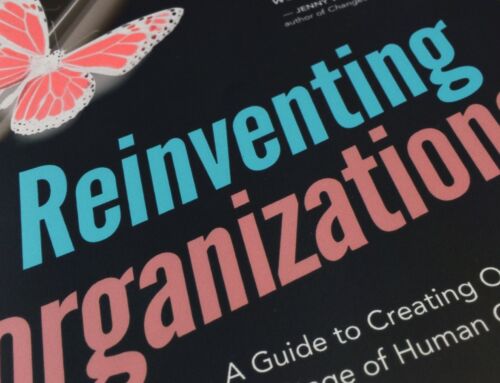Today we begin a series of posts where we will explain in more detail various elements that are part of Organic Organization, a self-management framework that we use at Target Teal. We will begin by talking about roles and circles, which are the basic building blocks of organizational structure in O2.
First of all, let’s define what we mean by organizational structure. For us, this term refers to how work and authority are divided in an organization. Areas, departments, positions, organizational charts and responsibilities are often used to represent it. In O2, in particular, the structure is composed of roles, circles, and restrictions. We’ll talk only about the first two in this post.
The way organizational structure is created and maintained in a traditional company is completely dysfunctional. Here we list the main problems:
Predictive and detailed approach. In an attempt to predict the future and prepare for it, many organizations create detailed and long-term strategic planning. Such plans often involve changes in the organizational chart and current structure to accommodate the new wishes. This is often done in long cycles (annual, for example) and abruptly. Obviously, these major reorganizations are not at all pleasant. The stress and uncertainties involved in the change cause a drop in overall productivity. Anyone who has worked in some medium-sized company knows what I’m talking about. People usually stop putting energy into projects in these turbulent times, simply because they know those projects could become obsolete after the change.
Top-down and ineffective. Who does strategic planning in a traditional organization? Usually directors and managers, which are positions that have a very broad view of the system. But despite being broad, this vision is also very shallow. From the point of view of who is on the frontline (serving the customer, for example) many of these decisions make no sense. However, organizational structure is usually for chiefs and bosses only. The result is that the system changes according to the wishes of the CEO rather than from the real problems perceived by those who are interacting customers.
How O2 creates and maintains organizational structure
In O2, the organizational structure is composed mainly of roles and circles. These elements constantly evolve through the adapt mode, which is practiced by all groups of an organic organization.
Every change in structure comes from some tension felt by someone. Tensions are gaps between the current reality and a desired one. That is, any problem and observable opportunity falls into this category. When I feel a tension, I can propose a small change in the existing roles and circles. For example:
If we lose our blog, the business will be ruined. And today nobody backs up the site…
This is a tension felt by Content Producer. The following proposal could be made to address it:
I propose to add the accountability of regularly backing up the site on the Website Manager role.
Minor changes like these are made all the time. As a result, the organization adapts quickly to the environment.
Now we will understand in more detail the building blocks of the organizational structure in O2.
Roles
Role is the most basic element of the structure. It consists of 3 parts beyond the name: purpose, accountabilities and artifacts. To understand it, let’s use the following example:
Role: Content Producer
Purpose: The best contents about the Future of Work in our blog.
Accountabilities:
- Producing content for the Target Teal blog
- Producing videos for Target Teal’s Youtube channel
- Adding service offerings to posts according to guidelines specified by @Marketing Mage
Artifacts:
- Blog Posts
Purpose defines what the role seeks and why it exists. It also gives autonomy to anyone who energizes to do anything (except affecting artifacts and violating restrictions) necessary to express the purpose. As a Content Producer, I could do many things beyond what is specified in the accountabilities. If creating a podcast about the future of work helps me accomplish the purpose, great! It doesn’t have to be in the accountabilities.
Accountabilities are the minimum expectations on a role. Although I can create a podcast (as a Content Producer), the Marketing Mage can not demand or expect me to do so. If this is important to him, it’s necessary to add a new accountability regarding this expected activity. Accountabilities are important to make expectations explicit.
Although Producing videos for the Youtube channel is recorded as an accountability of the Content Producer role, this doesn’t generate exclusivity. The Marketing Mage could also produce a video if for some reason that becomes useful for his role. In O2, what creates exclusivity are the artifacts. They denote a resource, process or “thing” that a given role controls exclusively. As a Marketing Mage, I need to ask permission from the Content Producer to make any changes to the Blog Posts, since that is his/her domain.
O2 roles are important for creating individual accountability. We know that a focus on shared responsibility and group decisions generates a lot of shadows and dysfunctions.
In O2, collaboration emerges from the rapid interaction between roles and attention to agreements on power and authority.
Circles
Roles are great, but they aren’t enough to make up an organizational structure with more than 10 people. There comes a time when you need to create divisions. In addition, meetings with many participants become very unproductive.
In O2, the circle solves this problem. The circle is a role that has the additional ability to break itself down into smaller roles. Consequently, a circle can be used to group different roles, but that share a similar purpose and accountabilities.
Circles are not represented by all the people who fill roles within them. Instead, special binding roles, called links, do the job. In O2 there are two of them: The External Link and the Internal Link. We’ll talk more about them in an upcoming text. For the time being, consider that only 2 people represent a circle, even if it has 15 members.
The organizational structure in O2 is formed by different circles and roles, one inside the other. We call this nested circles. In the broader scope, we always have a large circle representing the organization as a whole. See the structure of Target Teal, which contains only one circle:

The green and yellow circles are roles.
Let’s look at an example of how circles can be used. Consider that Target Teal now has 20 members and that we are putting a lot of energy into the production of content and other materials. Someone may then propose in the adapt mode of the general circle meeting the expansion of the Content Producer role in an inner circle:
Circle: Contents & Materials
Purpose: The best contents and workshop materials about the Future of Work
Accountabilities:
- Producing content for the blog
- Producing videos
- Developing ebooks
- Adding service offerings to posts according to guidelines specified by @Marketing Mage
Artifacts:
- Blog Posts
- Youtube channel
Note that the description of the circle has exactly the same structure of the role: purpose, accountabilities and artifacts. Once the circle is created, other roles within it are as well. Within Content & Materials we could have the following roles:
- Blog Writer
- Video Maker
- Ebooker
- Opportunities Mapper
- Master of SEO
- Workshop Materials Builder
These roles would also have purposes, accountabilities, and perhaps artifacts. They would be performed by different people. But in the outer circle we would have only 2 people representing the inner circle, as if they played the “role” Contents & Materials. So:
For the outer circle, its inner circles are roles.
Therefore, O2 has a fractal structure of circles. ;)
Roles aren’t people and circles aren’t teams
One of the big differences between the O2 and a traditional structure is the decoupling between the person who does the work and the role he or she fills. In the adapt mode of O2 we speak only about roles and structure. We don’t mention people. The modifications in the structure are made based on perceived tensions that are related to the general purpose of the organization. We don’t want to change the structure to meet individual needs, as this would generate a self-centered organization.
We believe that organizations should express a purpose and serve something that is outside. Of course the environment should be nice and people able to express themselves fully. That’s why O2 also has the care mode. But that is another story! We’ll also talk more about it in a future text. ;)
Getting back to the point of roles… A person can fill different roles in different circles in O2. Soon this feeling that “the role is mine” ends up being diluted.
The same goes for the circle. They are just groupings of roles with similar purpose. We also don’t want to strengthen group identity, create team building activities, or force everyone to love each other. We believe that people should be free to express themselves and build relationships with colleagues, if they want to.
In O2 there is only one big team: the organization.
Evolutionary Design
The organizational structure of O2 (roles and circles) constantly evolves through the adapt mode in the circle meetings. This makes the organization able to respond to the environment and change often.
Obviously, in O2 there is no deliberate strategic planning that will abruptly change the structure in a top-down manner. This is not part of the vocabulary. Instead, small daily tensions shape the roles and circles. This is a concept called evolutionary design, which is very close to the evolution of species.
This was a summary of how the Organic Organization addresses organizational structure. Please share your comments and questions below. :)






There are many organizational structures including hierarchical, flat and matrix. There are examples and templates in the community of Creately Org Chart Maker .
Hi Shalin, Can Creately make an org chart without any report lines?
[…] combination with a crystal clear organizational structure and a work review routine, the sync mode becomes especially powerful. As we talked about in the […]
[…] good example is Take, which recently went through the creation of roles and circles in part of the organization and has already seen the advantages of having functional meetings in […]